
Exploring Africa's Cape of Good Hope
Cape Good Hope Album
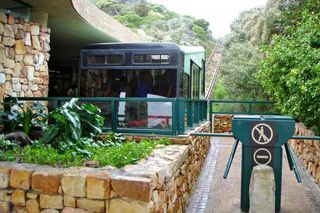
A modern funicular railway easily brings visitors to the base of the old lighthouse at Cape Point. For the heartier visitor, a well-maintained hiking trail leads to the same spot and spectacular views.
Cape Good Hope Album
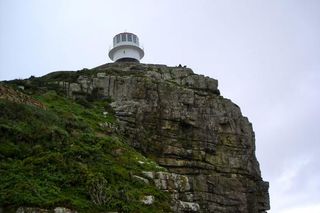
The old lighthouse was built in 1857 but is now the site for tourist observations. Because of its location, ships saw the beacon "too early" and often turned into the rocky reefs. On April 18, 1911, the Portuguese liner Lusitania made that early turn and wrecked on Bellows Rock. A new lighthouse, built in 1919, now guides ships around this dangerous section of open ocean.
Cape Good Hope Album
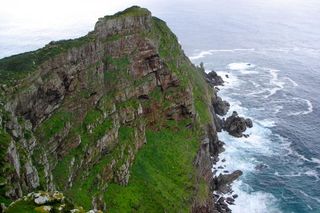
The raging sea that can be viewed from Cape Point gives testimony to the many dangers that both ancient and modern sailors faced when navigating the seas around the Cape of Good Hope. Yet Cape Point is known today as one of the few places in the world with the cleanest air and cleanest ocean waters.
Cape Good Hope Album
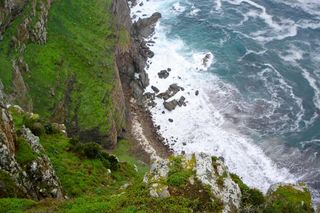
Extreme cliffs plunge to the ocean below where modern divers find some of the best and most diverse dive sites in the world. Whales are commonly seen between May and November making their yearly migration past this land, the tip of Africa.
Cape Good Hope Album
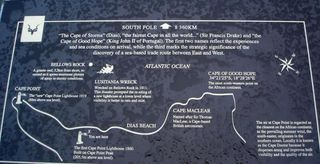
Modern maps help visitors learn and appreciate what a unique and amazing spot on Earth they are visiting.
Cape Good Hope Album
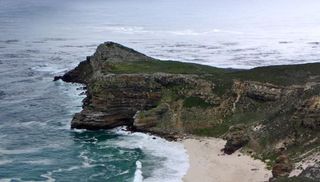
Visitors today can only imagine the thoughts of the great sea captain, Vasco de Gama, and his men as they first saw and rounded the Cape of Good Hope on Nov. 22, 1497, on their epic journey to India. The Cape of Good Hope is one of those historic and beautiful places on earth that still draws visitors from around the world to enjoy and gaze down upon its sandstone cliffs at the very tip of the great African continent.
Sign up for the Live Science daily newsletter now
Get the world’s most fascinating discoveries delivered straight to your inbox.











